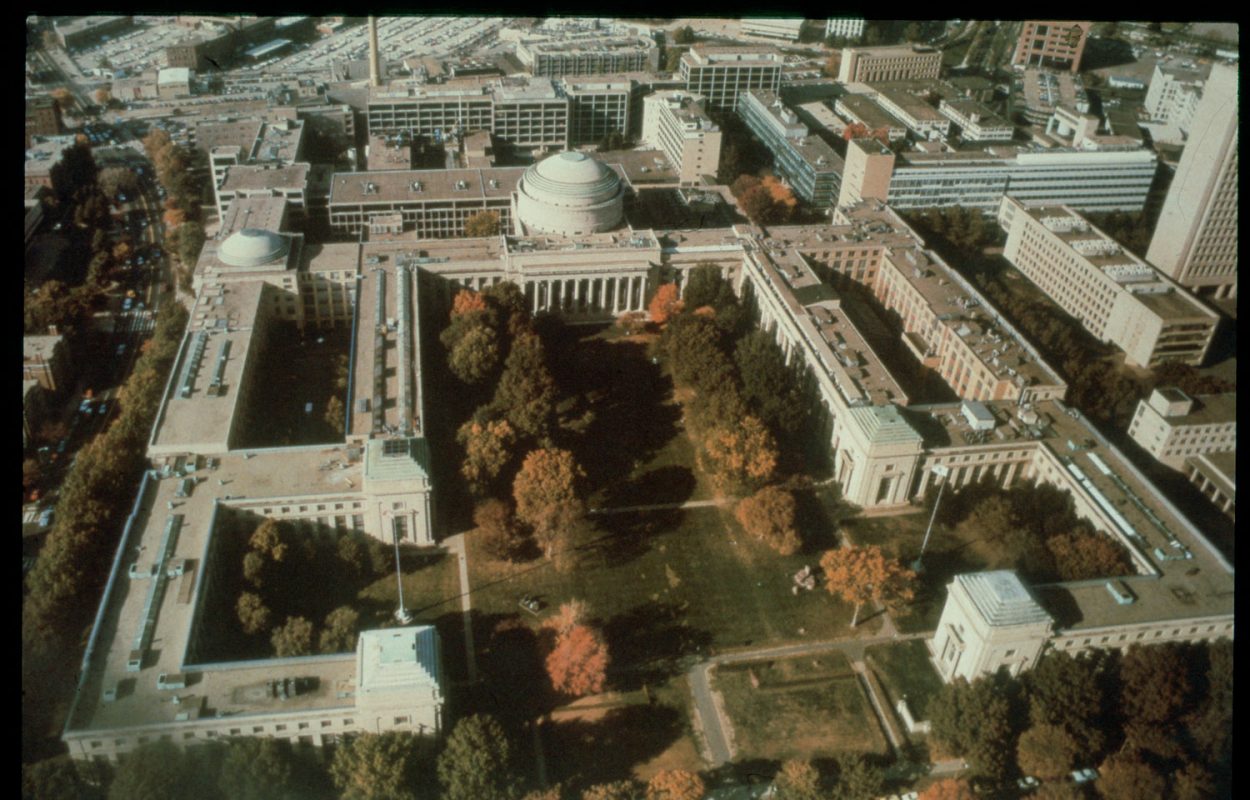Department of Aeronautics and Astronautics
Heads of Department of Aeronautics and Astronautics and its antecedents
| Cecil H. Peabody | 1913-1920 |
|
|
| Edward P. Warner | 1920-1926 | ||
| Charles F. Taylor | 1926-1933 | ||
| Jerome C. Hunsaker | 1933-1951 | ||
| Charles Stark Draper | 1951-1966 | ||
| Raymond C. Bisplinghoff | 1966-1968 | ||
| Rene H. Miller | 1968-1978 | ||
| Jack Kerrebrock | 1978-1985 | ||
| Eugene E. Covert | 1985-1990 | ||
| Earll M. Murman | 1990-1996 | ||
| Edward F. Crawley | 1996-2003 | ||
| Wesley L. Harris | 2003-2007 | ||
| Ian A. Waitz | 2008-2011 | ||
| Jaime Peraire | 2011-2019 | ||
| Daniel E. Hastings | 2019- |
The history of aeronautical engineering began at the Massachusetts Institute of Technology in 1896 when Albert J. Wells, class of 1896 (mechanical engineering), designed and built a small wind tunnel as part of his thesis. By 1910, interest in aeronautical engineering had grown considerably and the Alumni Council recommended to the Executive Committee of the Corporation that MIT establish a course in aeronautics and fund the construction of a new wind tunnel. In 1913 the Executive Committee provided money for a new wind tunnel and Jerome C. Hunsaker was hired to teach aeronautical engineering in the Department of Naval Architecture. Hunsaker’s first course in 1914 was 13.72, Aeronautics for Naval Constructors. Until 1926, aeronautical engineering was a graduate course only.
In 1920 administrative control of aeronautical engineering was transferred to the Department of Physics, and in 1926 Course XVI, Aeronautical Engineering, was created, offering undergraduate courses for the first time. In 1928 the Guggenheim Aeronautical Laboratory and the Aeronautical Library opened and classes in meteorology began as part of the course.
In 1933 Hunsaker became head of the Department of Mechanical Engineering, and administrative control of Course XVI was transferred to Mechanical Engineering from the Department of Physics. Two years later, in 1935, Charles Stark Draper established a small instruments laboratory to provide graduate students with experience in guidance and control systems.
A separate Department of Aeronautical Engineering was established in 1939, with Hunsaker as the first head of the department. In the same year the Wright Brothers Wind Tunnel began operation. The department rapidly expanded to meet wartime needs. Three laboratories opened during World War II: Flutter Research, Vibrations Measurements, and Structures. In 1942 Draper’s laboratory, renamed the Confidential Instrument Development Laboratory, began research and development work on military guidance and control systems.
After the war almost all of the major research activities in the department were performed for the United States military. The beginning of space exploration brought further changes to the department, and in 1959 the name was changed to the Department of Aeronautics and Astronautics. The Center for Space Research opened in 1963 and was joined the following year by the Experimental Astronomy Laboratory (later the Measurements Systems Laboratory) and the Space Propulsion and Man-Vehicle Laboratories.
Prepared by the Department of Distinctive Collections, MIT Libraries
1997; updated April 2020
